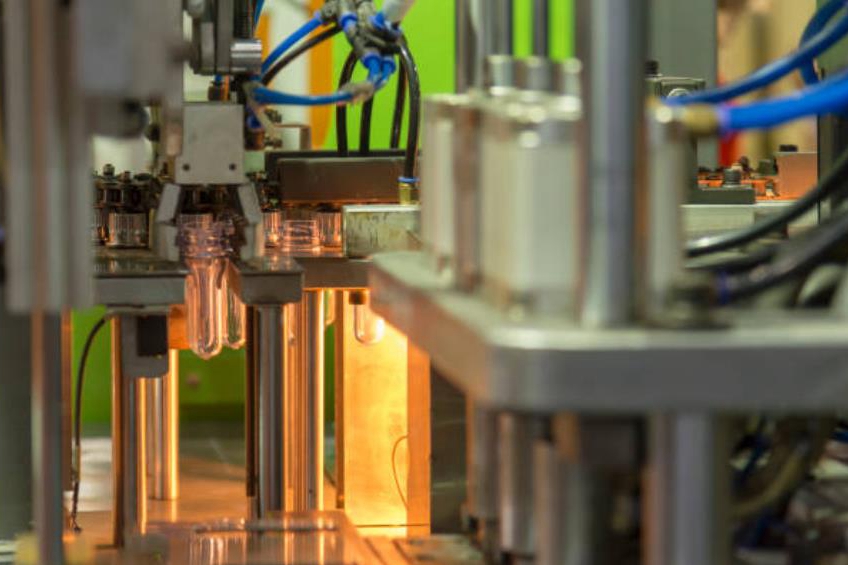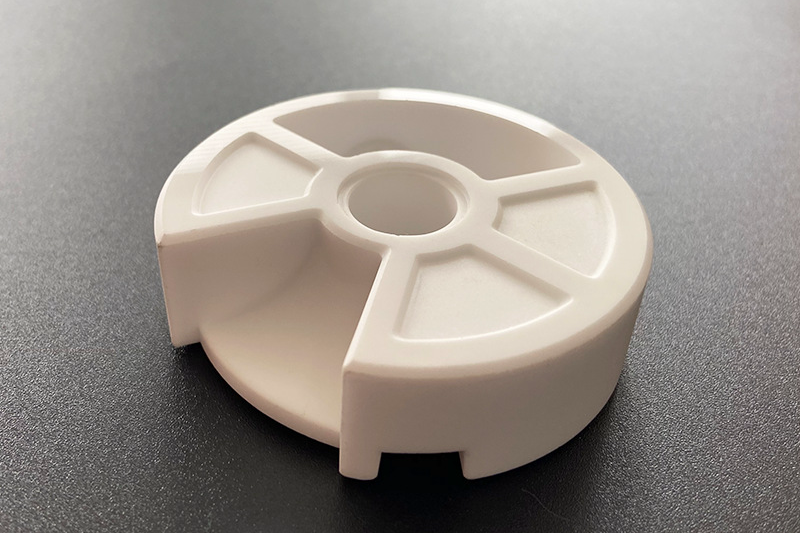Which metal materials are recommended for high-heat-resistant components?
High-Temperature Metals for Demanding Applications
High-heat-resistant components require metals that can withstand extreme thermal loads, oxidation, and mechanical stress. At Neway, material selection begins with understanding temperature exposure, cyclic loading, and environmental factors. For components facing sustained high temperatures, alloys such as nickel-based superalloys, heat-resistant steels, titanium alloys, and copper-based high-performance alloys are typically recommended. When parts must endure near-red-hot operation, our teams often prototype through prototyping services or produce functional iterations using CNC machining prototyping to verify thermal behavior before full production.
Manufacturing Processes for Heat-Resistant Metal Components
Superalloys and heat-resistant steels are commonly formed through controlled investment casting to ensure crystal integrity and high thermal stability. For aluminum-alternative thermal components, sand casting offers flexibility for producing thick-wall, high-mass parts with a controlled grain structure. High-temperature housings and structural components can be produced through precision casting, while complex geometries or cooling-channel designs benefit from 3D printing prototyping. When ultimate mechanical accuracy is required, particularly for turbine or exhaust components, secondary finishing via CNC machining prototyping ensures dimensional stability under thermal cycling.
High-Temperature Metal Material Recommendations
Nickel-based alloys remain the top choice for extreme high-temperature applications. Materials such as Haynes 188 and Hastelloy C-276 maintain strength above 800°C and resist oxidation. For turbocharger, exhaust, and aerospace components, Inconel 718 and Inconel 625 offer excellent thermal fatigue resistance. Components needing extreme structural hardness under heat may also benefit from Rene 41, while corrosion-resistant thermal parts can use cast stainless steel. For selective applications requiring conductivity and thermal dissipation, high-strength copper alloys support heat-transfer-critical modules.
Surface Treatments for Temperature and Oxidation Resistance
Heat-resistant metals benefit significantly from post-processing. High-temperature surfaces may utilize thermal coatings to enhance oxidation resistance and surface resilience in turbine and exhaust environments. Components exposed to thermal cycling can incorporate thermal barrier coating for insulation and stability, while machined components may retain an as-machined finish to support assembly precision.
Industry Applications for High-Heat-Resistant Metals
High-temperature metals are widely used in sectors that demand reliability under thermal stress. In aerospace, superalloys form turbine hot-section components and thermal-shield structures. The automotive industry utilizes these metals for turbo housings, exhaust manifolds, and high-performance engine components. For energy applications, heat-resistant materials are essential in combustion systems, gas turbines, and high-pressure thermal modules. Each industry emphasizes durability, oxidation resistance, and predictable performance under prolonged exposure to high temperatures.



